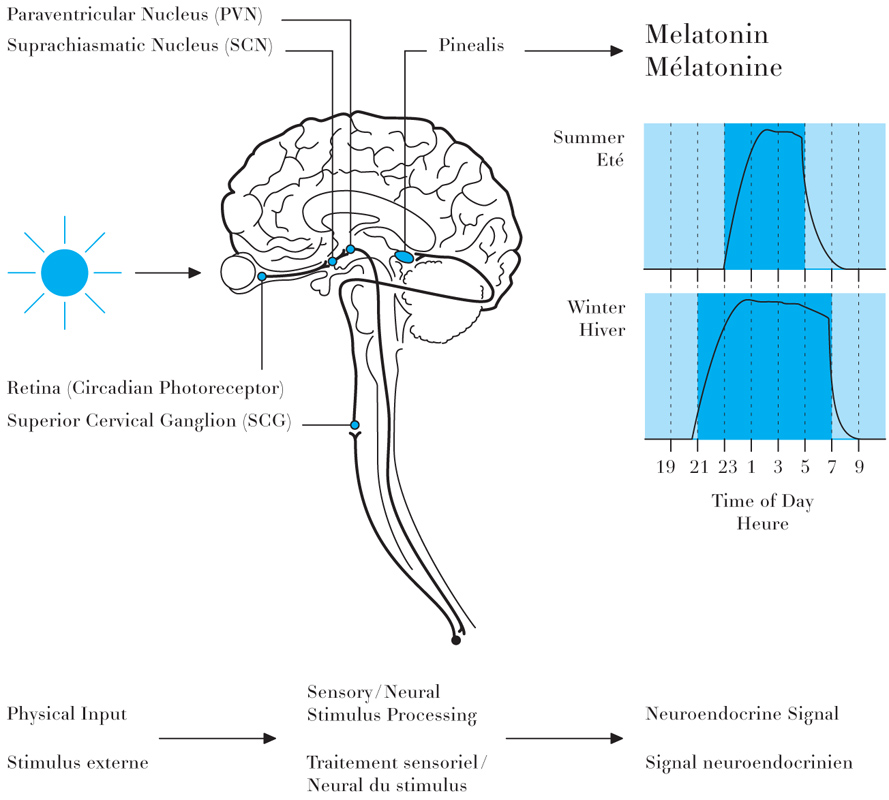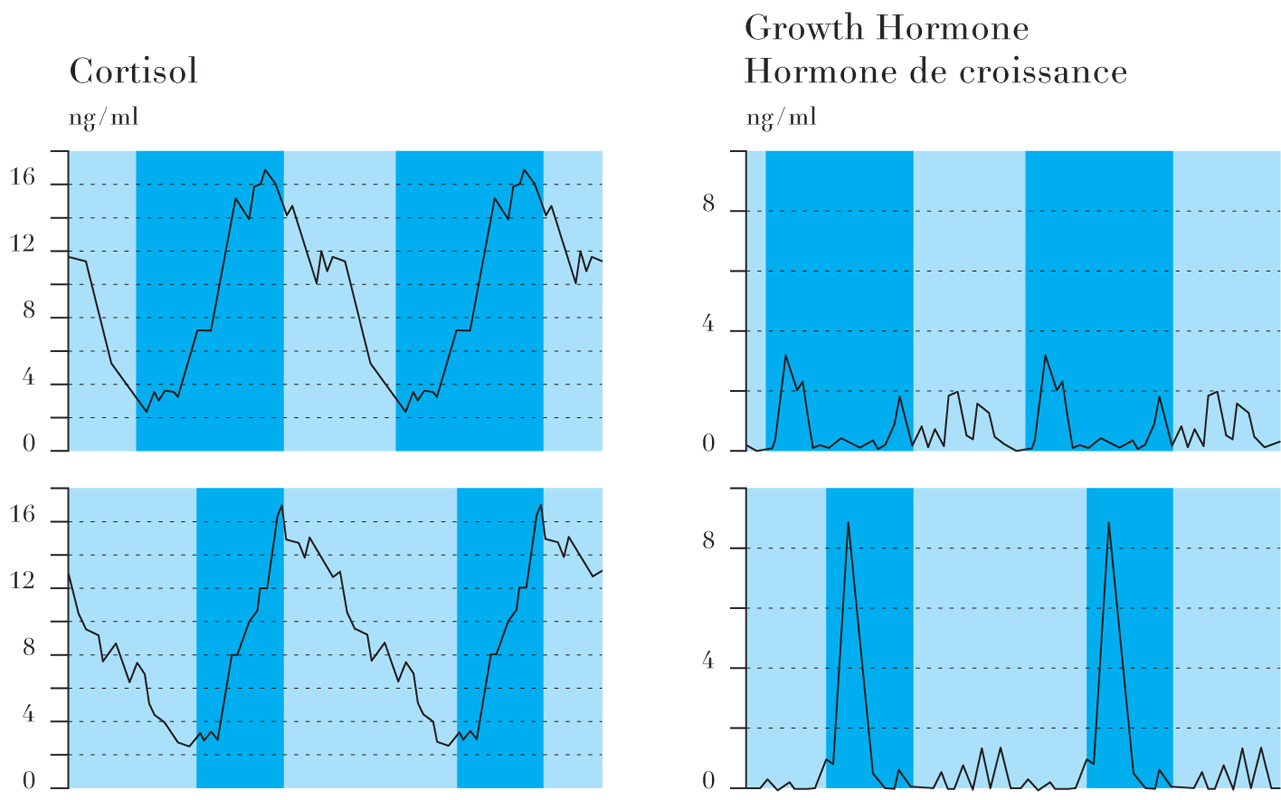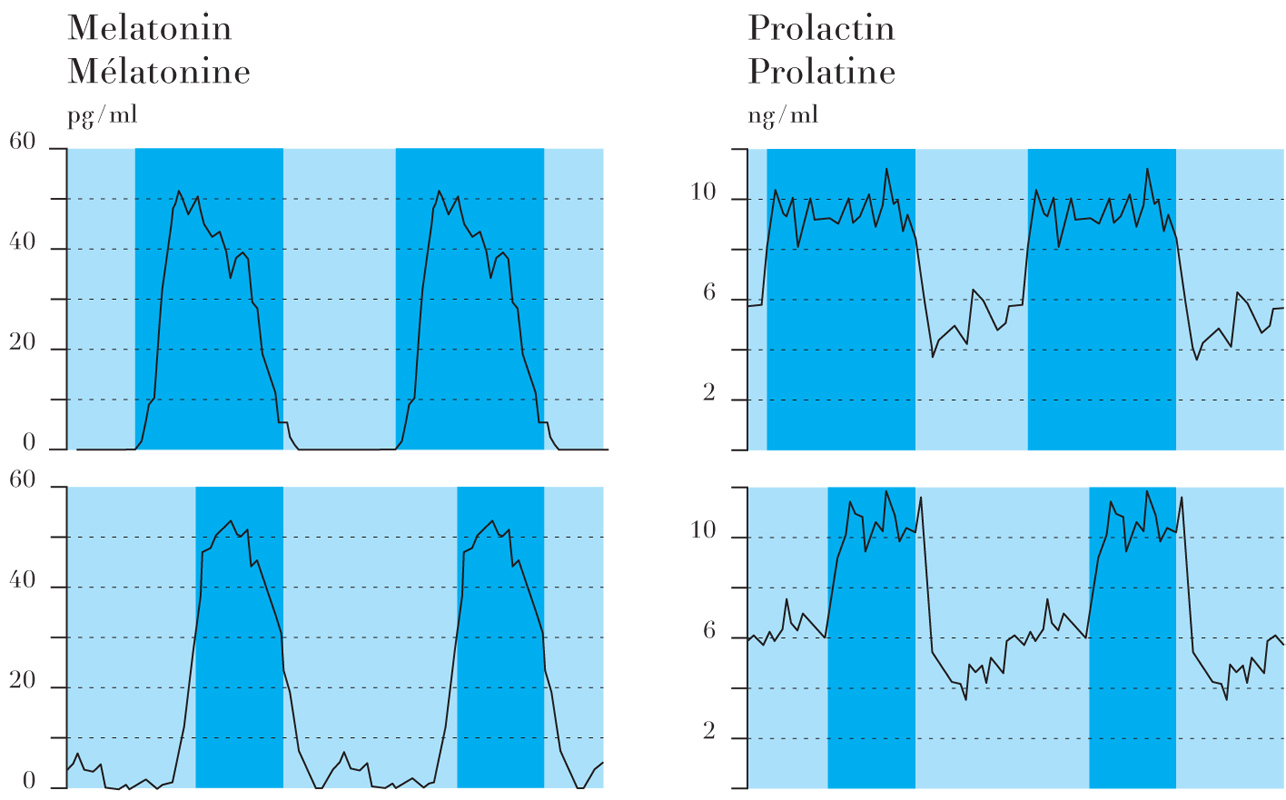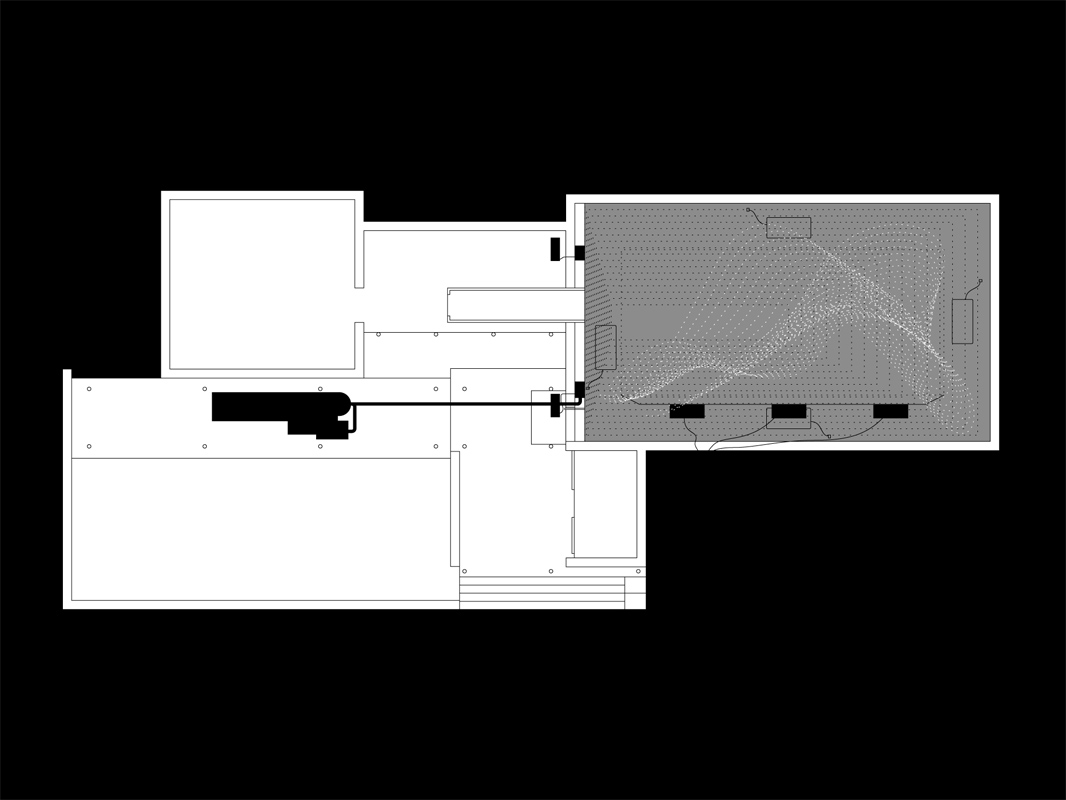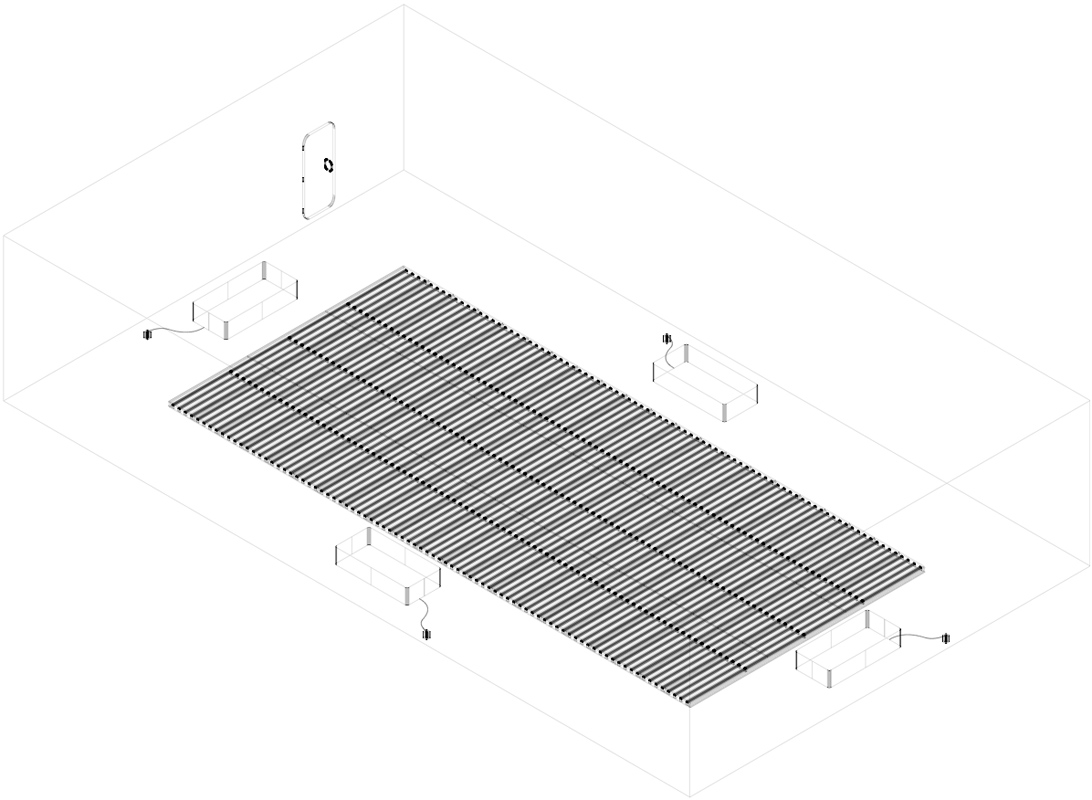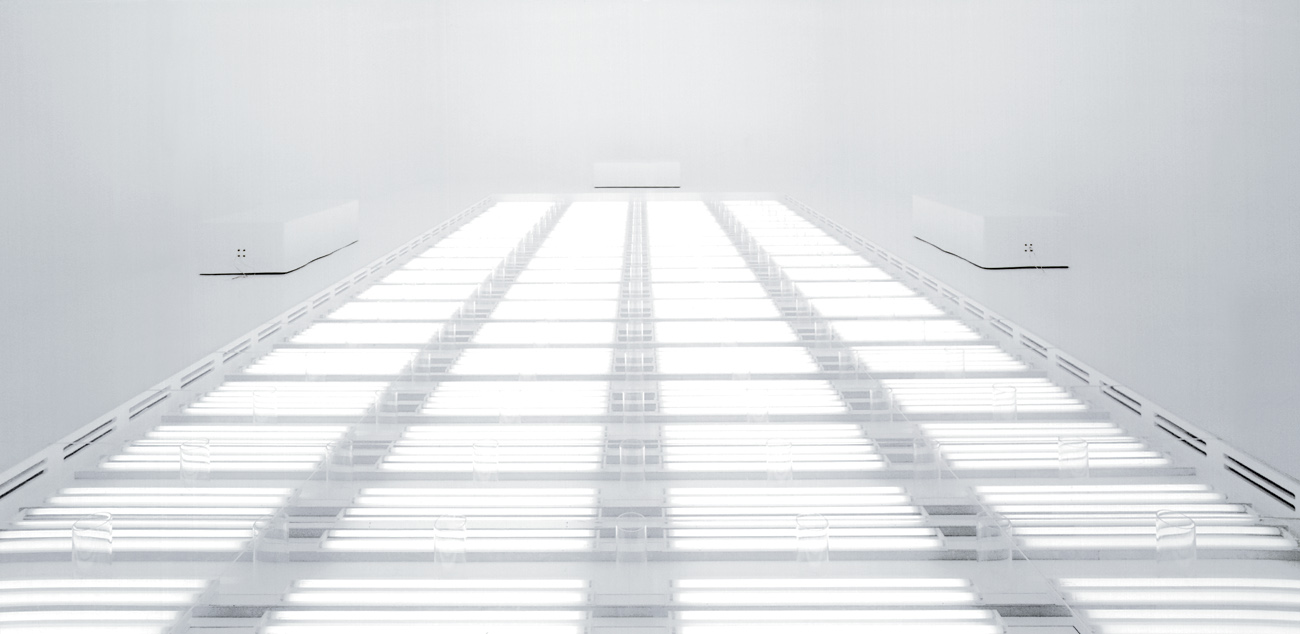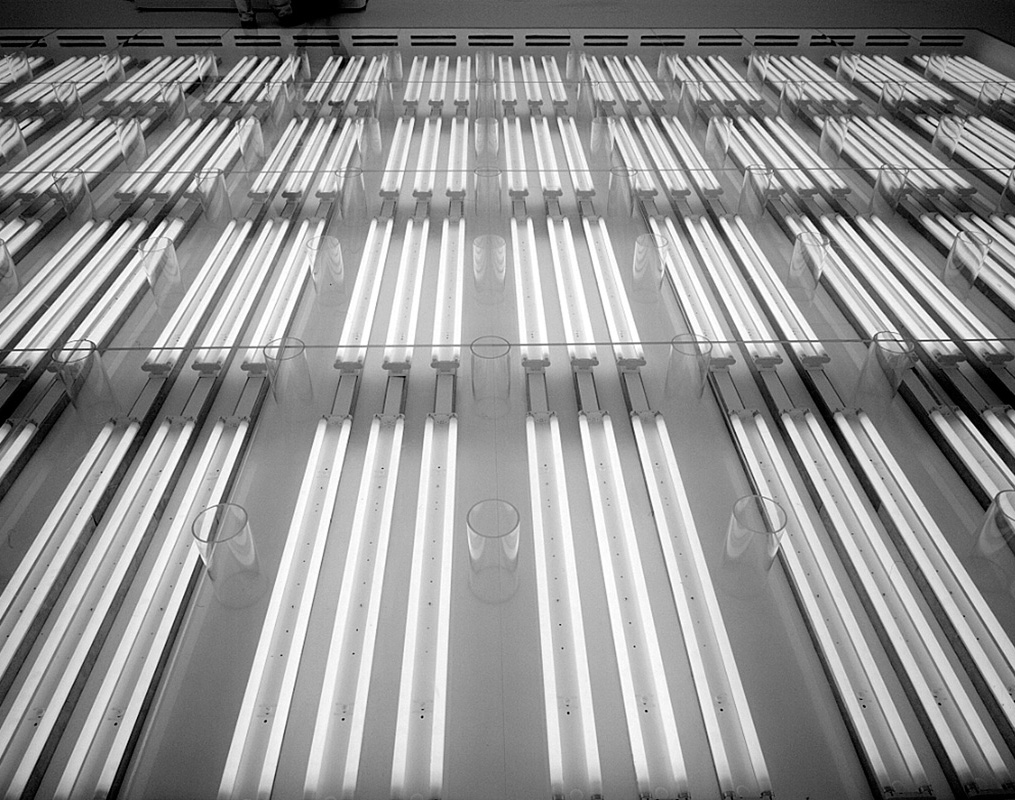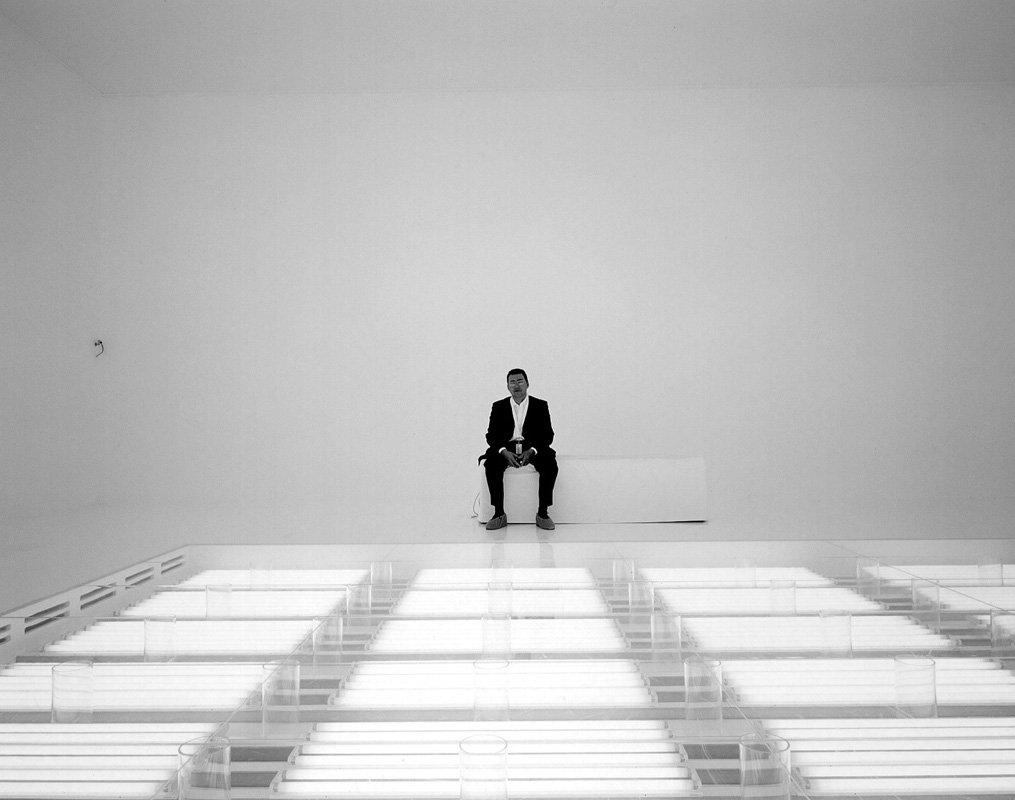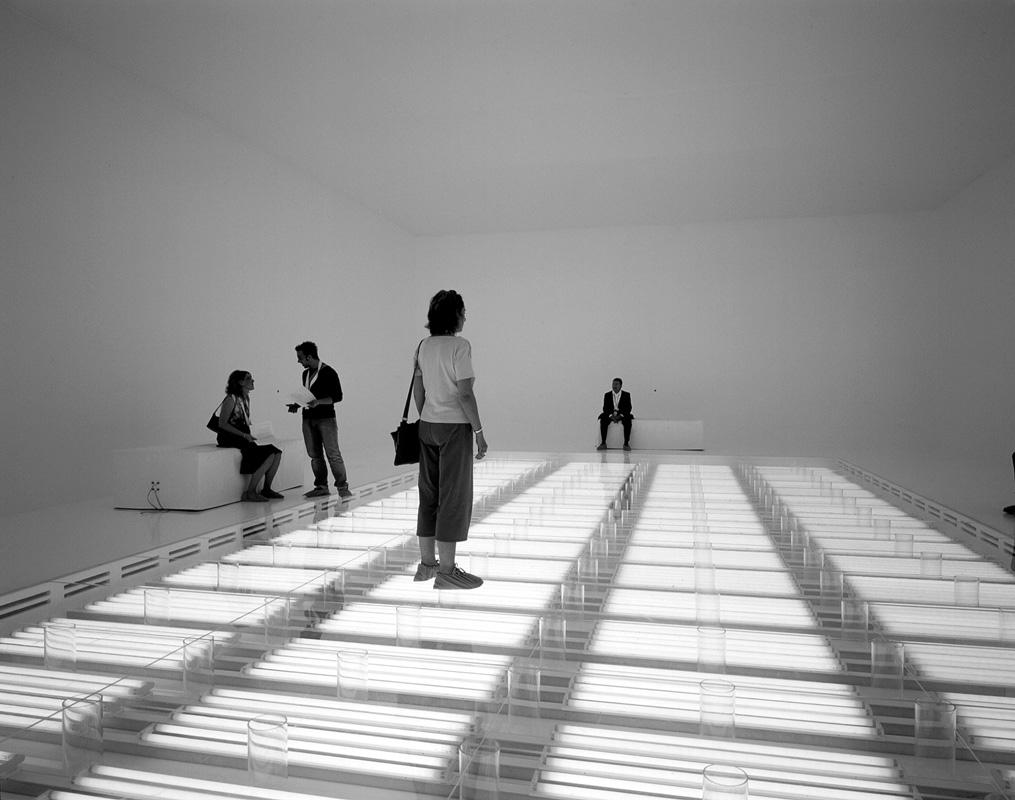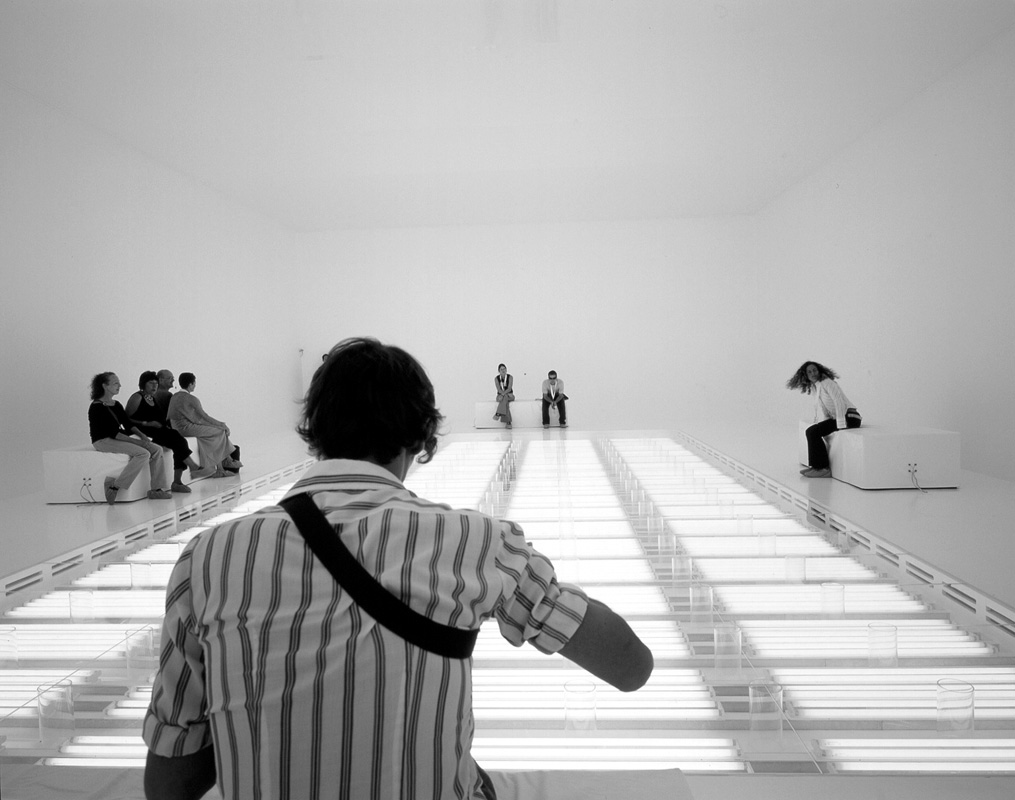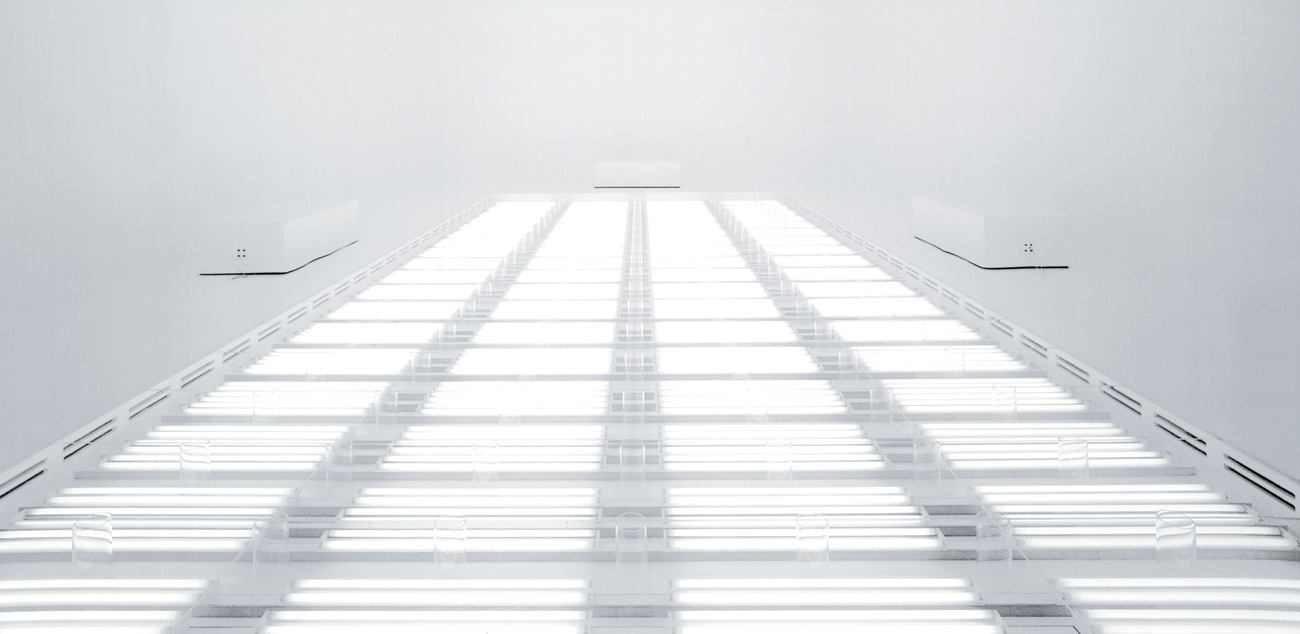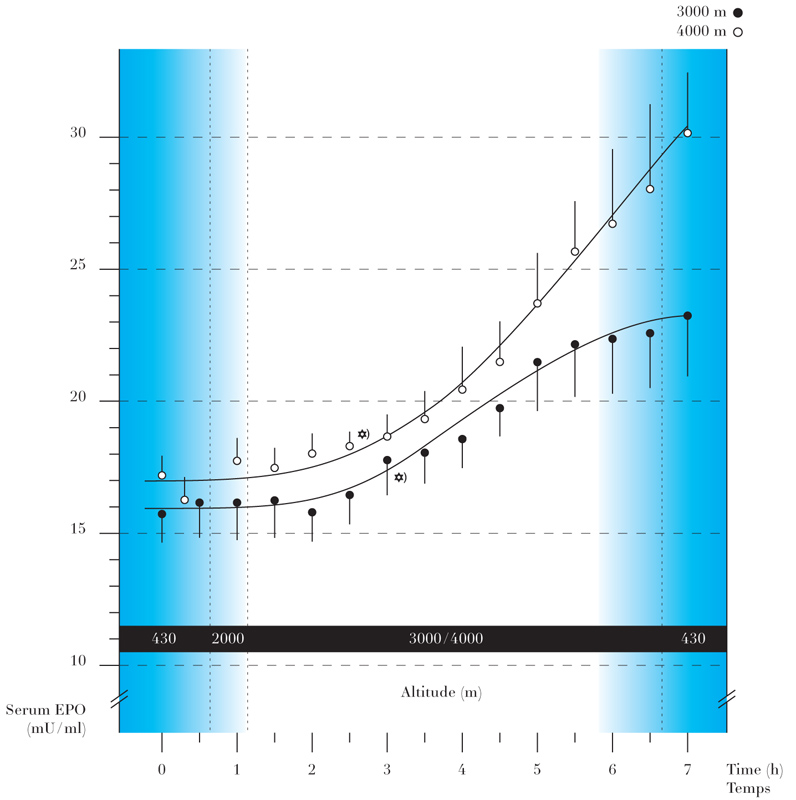
click
images fullscreen
< > 1 2 3 4 5 6 7 8 9 10 11
Hormonorium
The Hormonorium is a proposal for the design of a new public space. It is based on the disappearance of the physical boundaries between space and the organism, as revealed by biology and the neurosciences. Going beyond visual and metric mediation, establishing a continuity between the living and the non-living, the Hormonorium opens up to the invisible, to electromagnetic and biological determinations. Understanding the physicochemical mechanisms that govern organisms brings about a change in how we understand space, and thus in the way we inhabit the environment. The Hormonorium is an “im-mediate” space, no longer resorting to semantic, cultural or plastic media for the making of architecture. By exerting an influence outside the realm of the senses and the skin, the Hormonorium creates a synthesis of the organic, of mood and space, by establishing a continuity between architecture and human metabolism, between space, light and the endocrine and neurological systems. The Hormonorium is a physiologically stimulating space where humanistic free will does not exist, thus associating itself with modern uneasiness regarding the current evolution of human nature, between biological determinism, therapeutic hope and the ontological death of the individual.
The Hormonorium is an interior public space about the size of a swimming pool, a Turkish bath or a church : spaces that are defined climatically by light, temperature, air quality, that involve the body but where certain functions remain indeterminate : resting, working out, breathing fresh air, meeting people, flirting, discussing, people-watching, collecting one’s thoughts, washing, toning up, etc. The Hormonorium is an alpine-like climate, but it is also an assemblage of physiological devices acting on the endocrine and neurovegetative systems. It can be viewed as a sort of physiological representation of an alpine environment, to be ingested, through respiration, through the retina and the dermis. The floor is a dazzling, luminous false floor made of Plexiglas to allow the passage of UV light. It is made up of 528 fluorescent tubes, which emit a white light that reproduces the solar spectrum, with UV-A and UV-B. Because of its inverted radiation, emitted from the ground, as in the case of snow, the luminous radiation is not blocked by the eyelids, the eyelashes or the natural tilt of the head. This very bright light of between 5,000 and 10,000 lux stimulates the retina, which transmits information to the pineal gland that causes a decrease in melatonin secretion. By so lowering the level of this hormone in the body, this environment allows us to experience a decrease in fatigue, a probable increase in sexual desire, and regulation of our moods. Due to the presence of UV-A, the Hormonorium will be a tanning environment, while the UV-B rays will enable the synthesis of vitamin D.
Increasing the level of nitrogen in the Hormonorium reduces the oxygen level from 21% to 14.5%, which is that found at altitudes of about 3000 meters. This oxygen-rarefied space causes slight hypoxia, which may initially be manifested by clinical states such as confusion, disorientation or bizarre behavior, but also a slight euphoria due to endorphin production. After about ten minutes, there is a measurable “natural” increase in erythropoietin ( EPO ) and hematocrit levels, as well as a strengthening of the cardiovascular and respiratory systems. Erythropoietin is produced by the kidneys. This protein hormone reaches the bone marrow, where it stimulates the production of red blood cells, thus increasing the supply of oxygen to the muscles. Decreasing the oxygen level will therefore have a stimulating effect that may improve the body’s physical capabilities by up to 10%.
The Hormonorium will therefore be a climate that stimulates the body physiologically, while simultaneously offering a new model for a decontextualized, degeographized public space. A physicochemical place, a partial displacement of a climate from higher elevations to the seaside, for well-being, for health, to enhance the body’s equilibrium through regulation of the neurovegetative system. Moreover, it will be a place of potential transformation of our physical performance, through stimulation, through the physiological modification of human nature. An infrafunctionalist architecture, a place whose visibility expands into the upper and lower wavelengths of the light spectrum, into the invisibility of the chemical compositions of the air, an endocrine architecture, to be breathed, to be dazzled by.
team
As Décosterd & Rahm, associés: Jérôme Jacqmin, Catherine Rossierpartners
Prof. Urs Scherrer (Department of Internal Medicine, CHUV, Lausanne), Dr. Anna Wirz-Justice (Center for Chronobiology, Psychiatric University Clinic, Basel), Elena Solari (Mestre-Venise), AIR (J-B Dunckel and N. Godin)client
Culture Office of Switzerlandlocation, date
8th Biennale of Architecture, Swiss Pavilion, Venice, Italy, 2002^
